Wind speed 24 m.s-1 | Temp air : 9°C | Temp water : 8°C | Latitude 46° 24′ S | Longitude 51° 46′ E
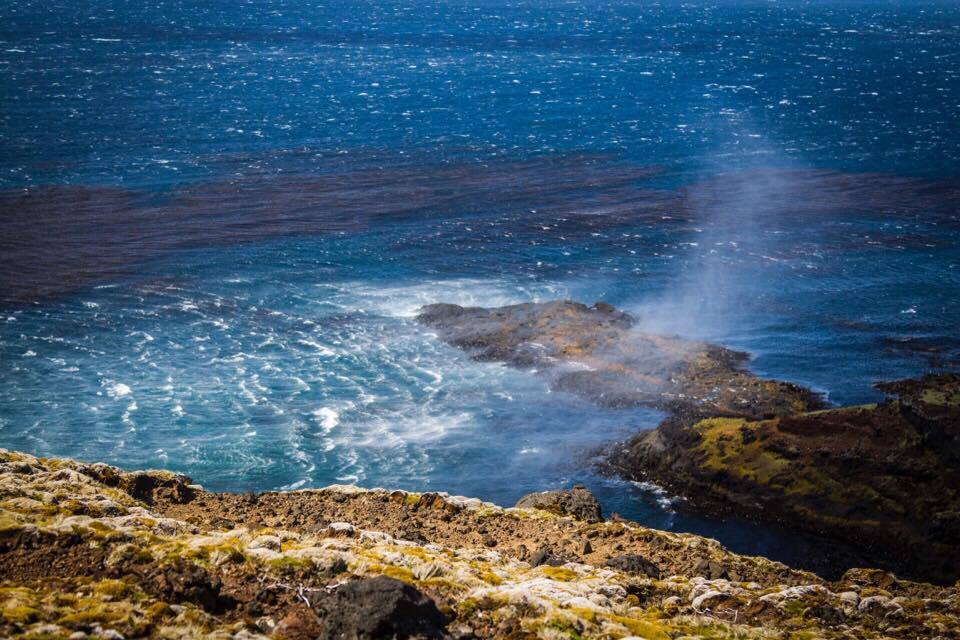
Sous le vent, les vagues font danser les algues flottantes et volent en embruns sur les roches volcaniques de l’île de la Possession. À l’abri des bourrasques, nous nous délectons de la vue imprenable au bord de cette falaise. Au loin, près d’une plage remplie de manchots, une cascade se déverse inlassablement dans l’océan. Le soleil vient de s’évader des nuages et révèle la beauté sauvage et verdoyante de Possession, une des cinq îles volcaniques de l’archipel Crozet. Une chance, dans ce territoire français où il pleut en moyenne 300 jours par an.
The last day of 2016 offered the ACE expedition some amazing sights and scientific opportunities on the French island of La Possession in the Crozet Archipelago. Against all odds, on an island where there is an average of 300 rainy days per year, we were lucky to witness some sunshine, a huge amount of wildlife and interesting samples for many terrestrial projects.
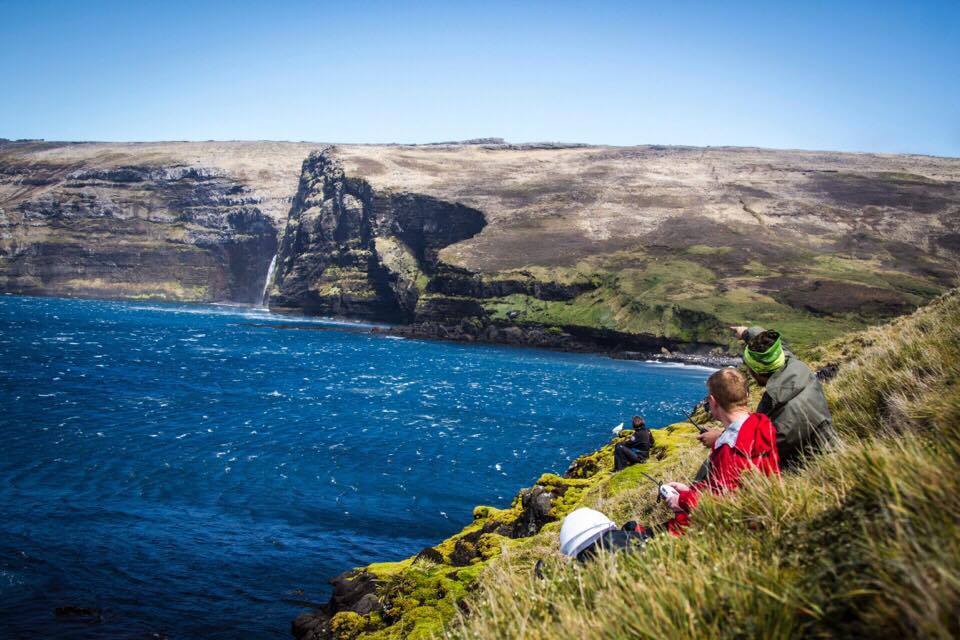
Steven Chown, Helen Baird et Charlene Janion-Scheepers sont ici accompagnés d’un guide local pour récolter des prélèvements de plantes et d’insectes. Leur but? Analyser leur évolution génétique au travers des âges et détecter la présence d’ «aliens», c’est-à-dire d’espèces souvent amenées par le voyage humain, et qui prolifèrent au détriment des espèces indigènes. Pour l’anecdote, des chèvres et des cochons ont été introduits par le passé comme source de nourriture quand l’homme tentait encore de coloniser l’île. Lire le projet de Steven Chown.
One of those projects is the one led by Prof. Steven Chown from Monash University in Australia. Together with a local guide and his team, his day will be dedicated to sampling plants and insects on the island. Their objective? Analyse their genetic evolution in order to detect “aliens”, meaning species that have been introduced by humans over time and which are not native. Some species have been introduced incidentally whilst many types of plants of animals were introduced in purpose as potential food stock, such as pigs or sheep. Read Steven Chown’s project here.
Aujourd’hui, grâce au travail continu des Terres Australes et Antarctiques Françaises (TAAF), la nature a repris complètement ses droits et offre un splendide spectacle aux rares personnes qui ont l’occasion de le contempler. «It’s the good part of scientist’s job!» plaisante avec moi Steven Chown avant de se remettre au travail.
Today, thanks to the conservation efforts of the French authorities in charge of the island (Terres Australes et Antarctiques Françaises – TAAF), much restoration work has been undertaken to reverse these processes. This results in a stunning surrounding for the very few visitors who have the privilege of witnessing it. “This is the good part of a scientist’s job!”, jokes Steven Chown before going back to his work.
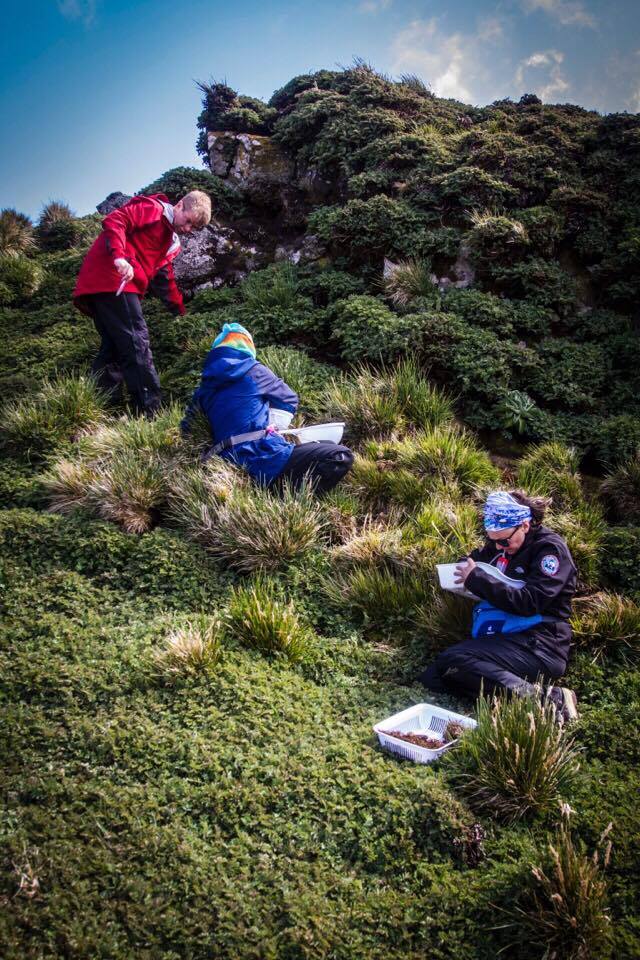
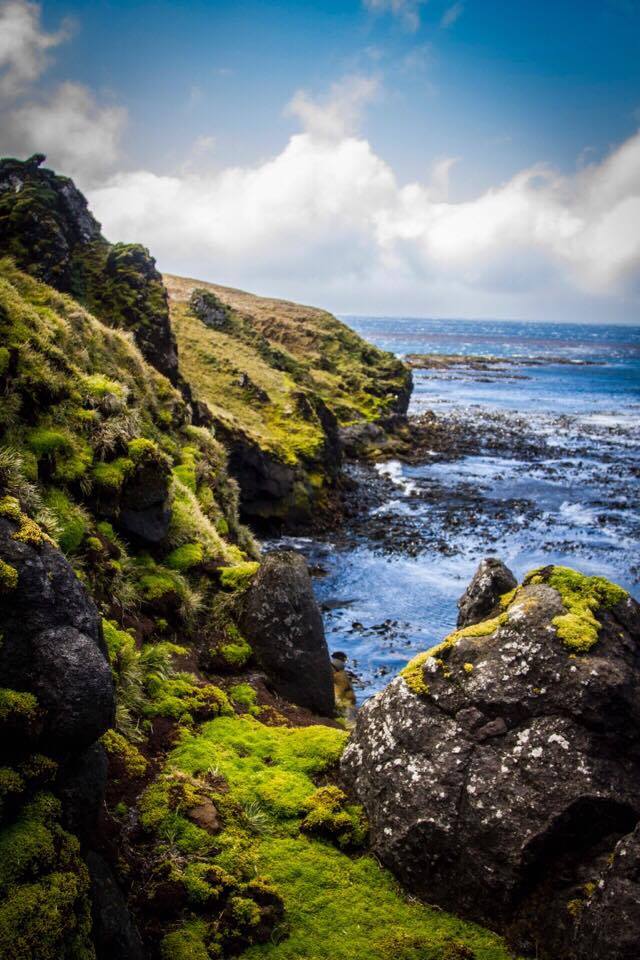
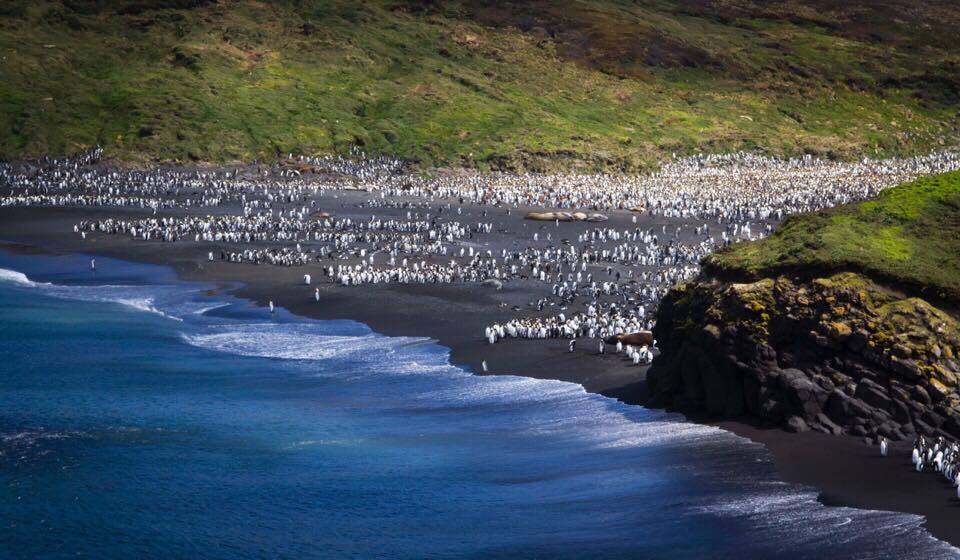
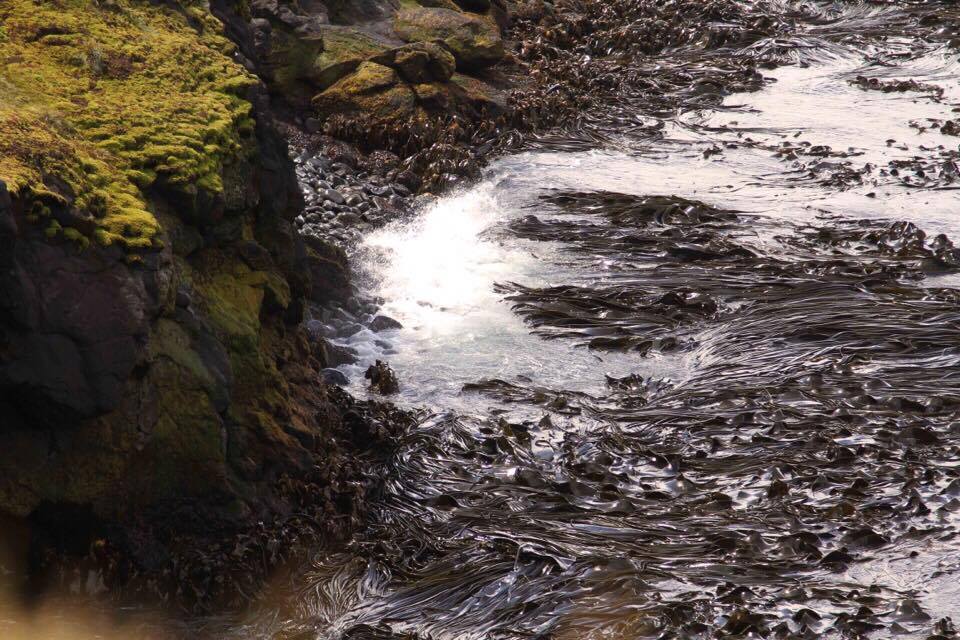
Pourtant, ce matin à bord du Treshnikov, la partie était loin d’être gagnée… Retour sur un début de journée moins bucolique…
However this morning, on the Treshnikov, the day had started in a much less auspicious manner…
8h45. Les hélices de l’hélicoptère BO 105 achèvent leur rotation. Sergio Augusto vient d’effectuer l’atterrissage le plus compliqué de sa carrière. Après quelques tentatives infructueuses, il a finalement réussi à ramener son engin sur le navire par des vents dépassant les 90 km/h. La première navette aérienne de la journée sera bien la dernière. Sur l’hélideck, les scientifiques réunis depuis l’aurore retirent leurs combinaisons de sécurité et peinent à cacher leur déception. Deux personnes sont restées sur place et se voient déjà passer le réveillon avec l’équipe de la base Alfred Faure. À cette exception près, personne ne devrait aller sur l’île aujourd’hui…
A first flight had brought the Chief scientist and colleagues onto the island to clear the permits to do scientific work with the local authorities and organize the day’s work. But although this process went very smoothly, it was not the case of the landing back on the Treshnikov which proved very tricky in winds that have picked up in the early morning. The pilots discuss with the Chief scientist and the decision falls: this first flight of the day will also be the last one. Unless the winds drop drastically. On the helideck, disappointed scientists scheduled to head to the island are taking of the safety suits. Two persons have stayed behind at the base to coordinate the arrivals… Instead, they will enjoy the base’s hospitality and make the most of the island connectivity in order to prepare the next part of the expedition. And get ready to potentially spend New Year’s Eve at the base…
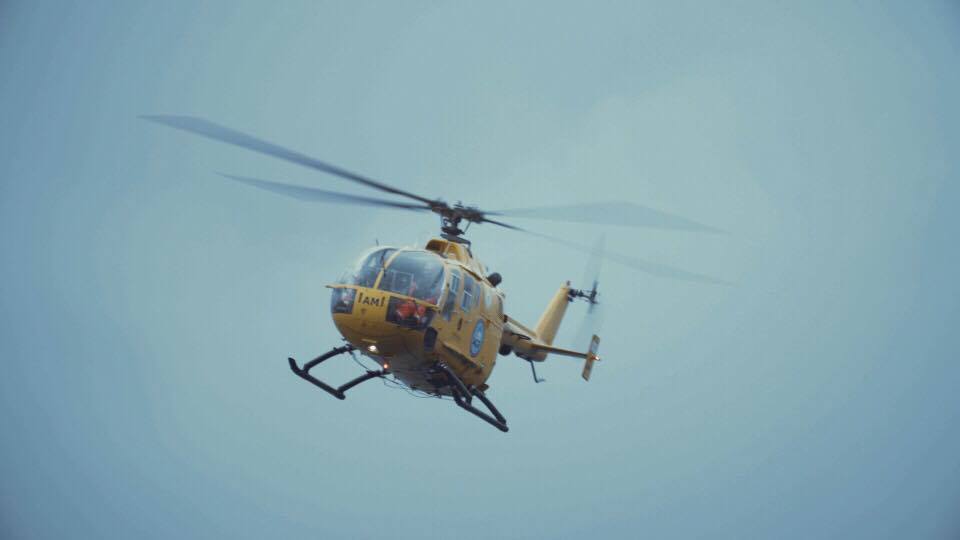
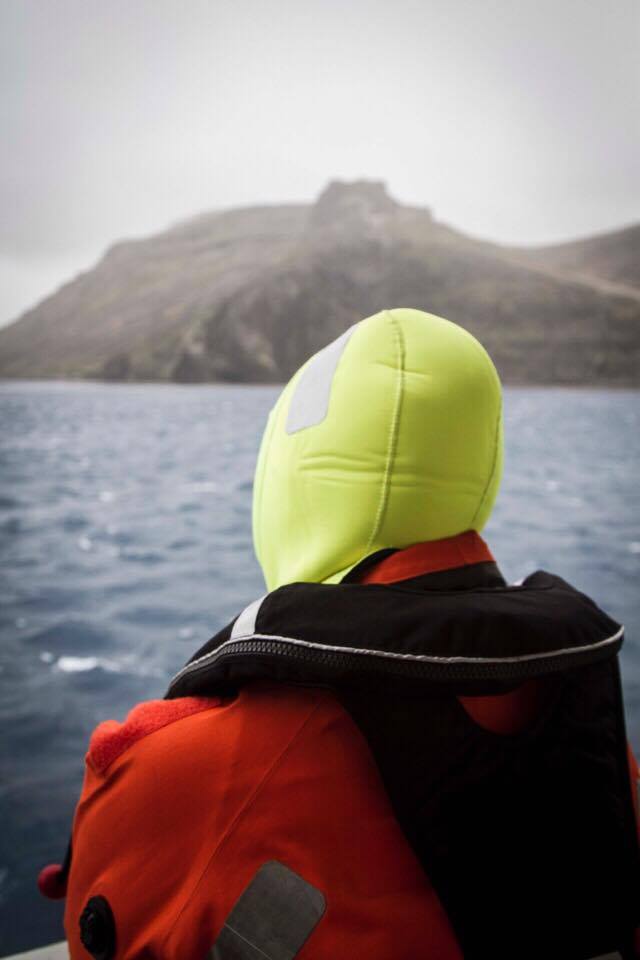
Mais une plage désertée par les manchots va faire renaître l’espoir. L’idée d’y accoster émerge. Après quelques échanges avec les autorités de l’île, autorisation est donnée d’emprunter les eaux grâce à l’équipe des zodiacs. Sans perdre une seconde, Ben, Stéphane, Brieuc et Baptiste se surpassent pour permettre cette navette maritime. Malgré les quelques heures perdues, une dizaine de personnes en profiteront. Comme l’archipel Crozet se situe sur la plaque Antarctique, c’est techniquement le premier pas de l’expédition sur l’Antarctique !!
However the anchor point of the Treshnikov in the sheltered Baie Americaine and the low density in the presence of penguins on a nearby beach open up a new opportunity that the island’s authority approves under the condition that local guides are present to channel and support the visiting scientists’ work. Access to the island will thus be organized by zodiac and the team of pilots consisting of Brieuc, Baptiste, Stéphane and Ben are quickly ready to bring teams to the island. This will allow a dozen scientists to conduct their work on the island and make of the most of the last day of 2016.
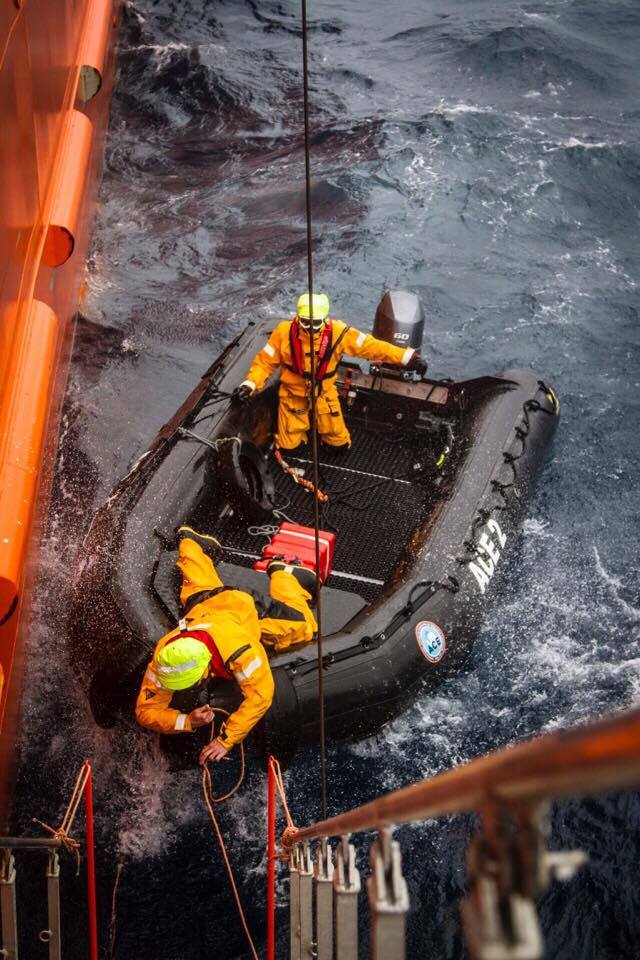

Arrivé sur l’île, une réunion s’organise devant le petit refuge en bois, seul signe de présence humaine sur cette grande plage bordée de montagnes. La plage étant éloignée de la base, les guides feront à pied les trois heures de marche du chemin du retour afin de soutenir les scientifiques dans leur mission! Un effort remarquable que nous saluons ici!
Once on the island, a meeting point is organised in front of the red cabin on the beach – the only sign of human presence in this bay surrounded by hills. The beach being far away from the base, the three local guides brought by helicopters will conclude the year by a three-hour hike back to the base. A warm thank you to them for their invaluable support and efforts!
Chaque groupe vaque à ses occupations scientifiques. Je suis celui de Steven Chown dont le sympathique guide nous emmène à travers la montagne avoisinante sur une falaise côtière pleine de verdure, après avoir longé un lac magnifique et traversé un champ d’éléphants de mer. Autour de nous, pétrels, albatros, manchots royaux et skuas abondent. Avec une trentaine d’espèces, l’archipel de Crozet figure parmi les plus riches en oiseaux du monde.
Every group is busy with its own scientific sampling and protocols. Steven Chown is guided on snowshoes throughout the nearby hills onto a green hill and alongside a pristine lake before crossing a group of sea elephants. Around us petrels, albatross, king penguins and skuas are abundant. Around thirty species of birds can be found on Crozet, one of the richest collection in the world.
[photogrid ids=”1493,1492,1491,1490,1487,1486,1483,1481,1480,1479,1478,1477″ captions=”yes” columns=”three” fullwidth=”yes” ]
La dernière journée de l’année 2016 s’achève de belle manière. Quelques heures plus tard en milieu d’après-midi, les zodiacs nous récupèrent. En fin de journée, les bonnes conditions permettront à un hélicoptère de chercher les deux personnes bloquées jusqu’ici à la base afin qu’elles puissent fêter la nouvelle année avec le reste de l’expédition. Tout est bien qui finit bien. Le lendemain, malgré un Nouvel An très festif aux couleurs russes, la plupart des scientifiques retourneront sur Possession remplir leur mission avant que le Treshnikov ne lève son ancre pour Kerguelen.
The last day of the year closes off in the best manner. The zodiacs pick up the science teams towards the mid-afternoon and a good-weather window even allows the two persons stranded at the base to join the rest of the expedition on the ship. The next morning, in spite of a very festive New Year’s Eve celebration, the teams will go back to the island for a last sampling mission before the Treshnikov raises its anchor to steam towards Kerguelen. What a splendid opportunity this has been! Happy New Year!
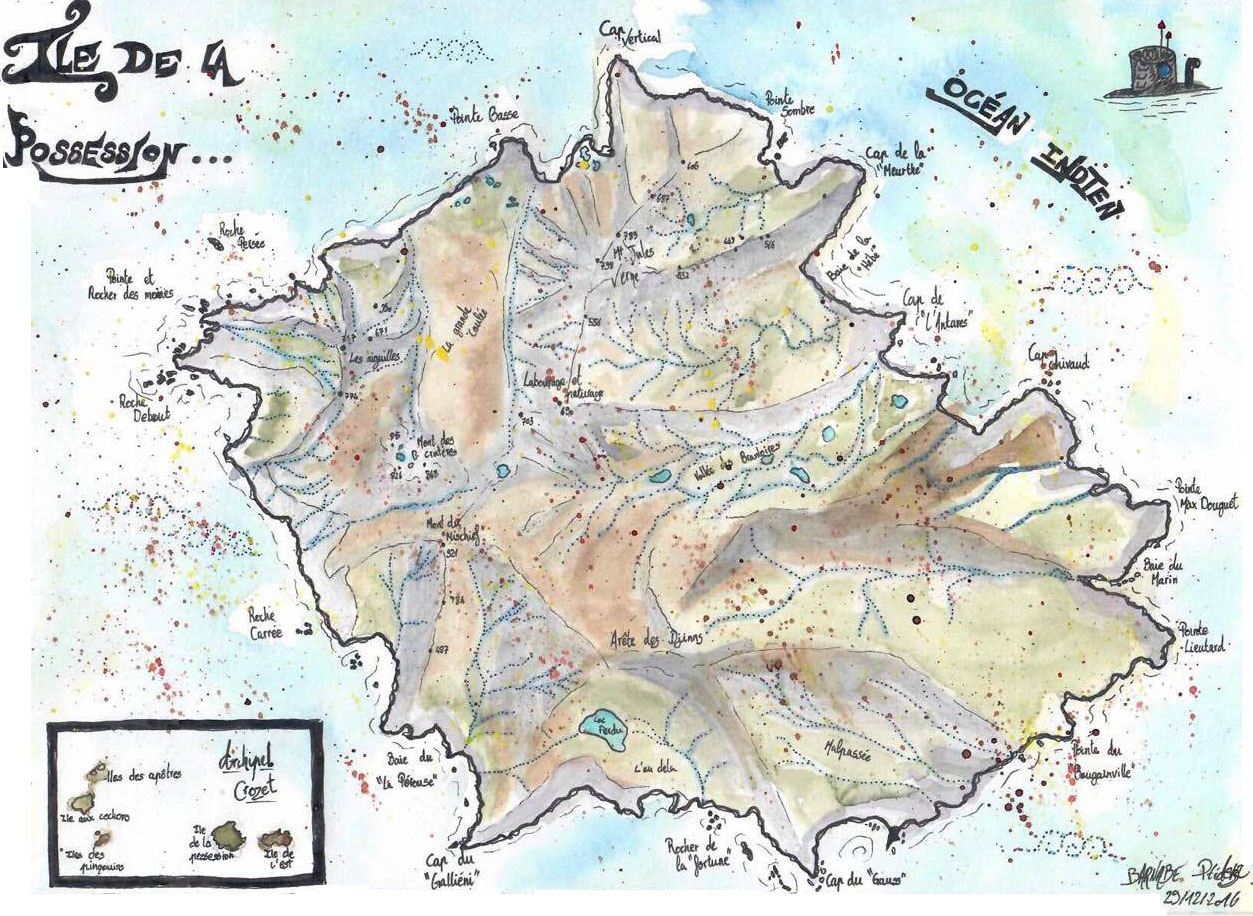
Text and photos: Florian Brucker